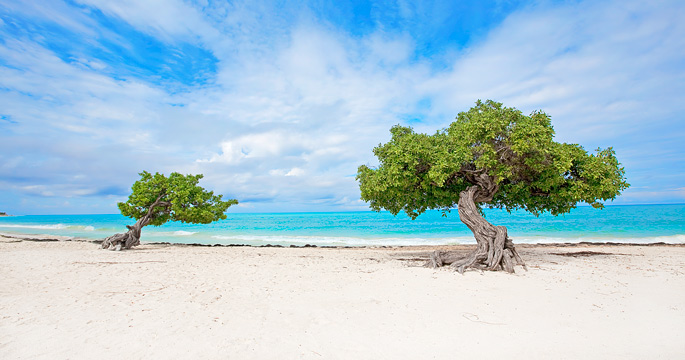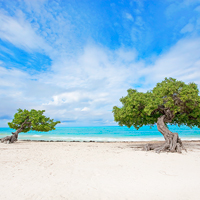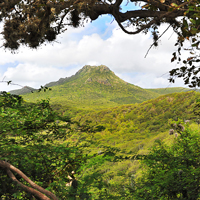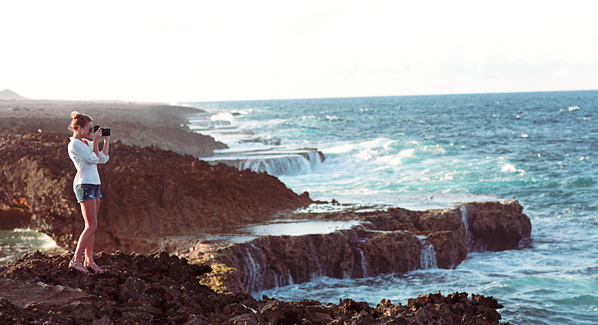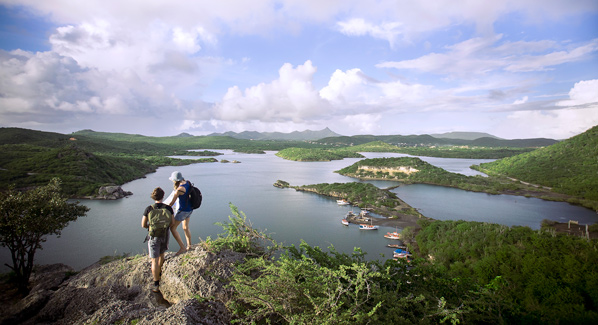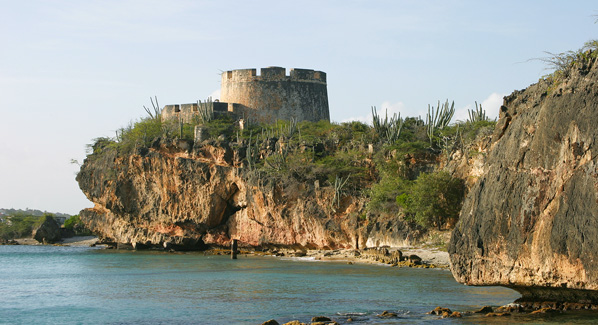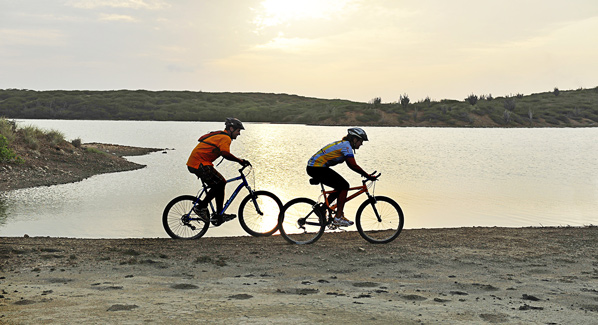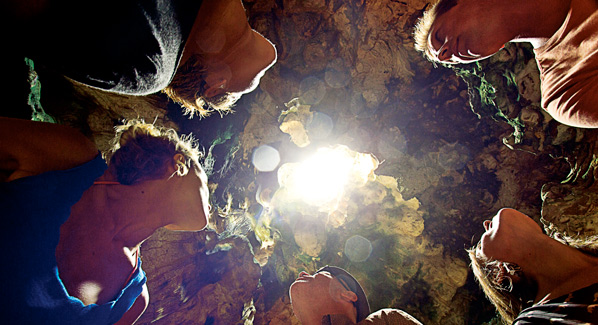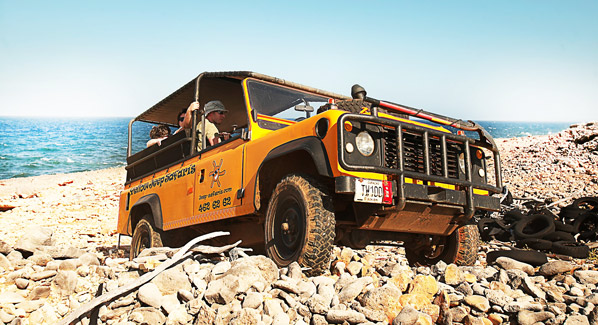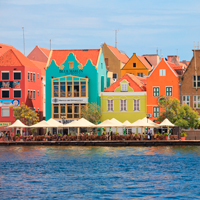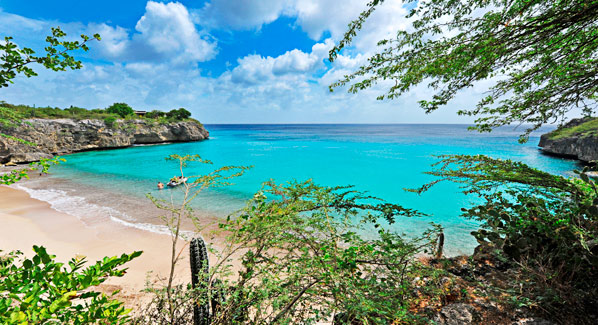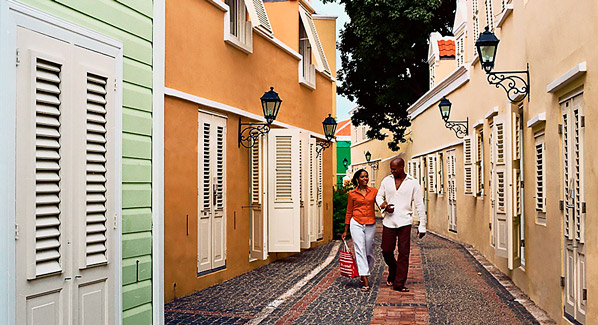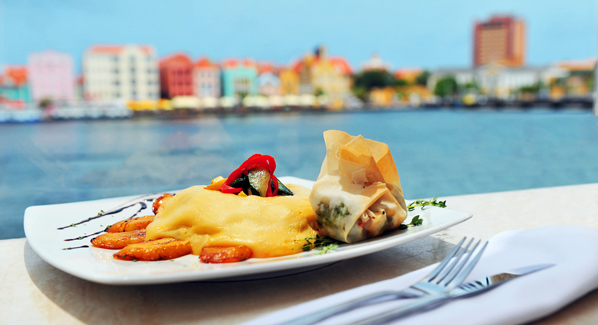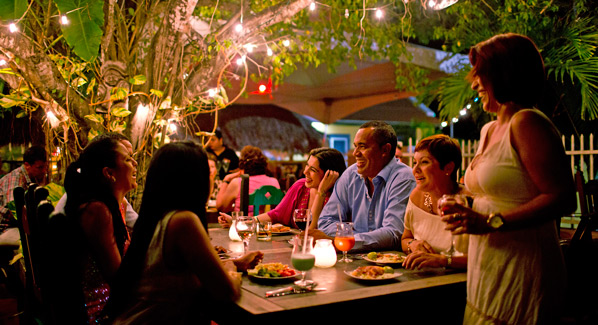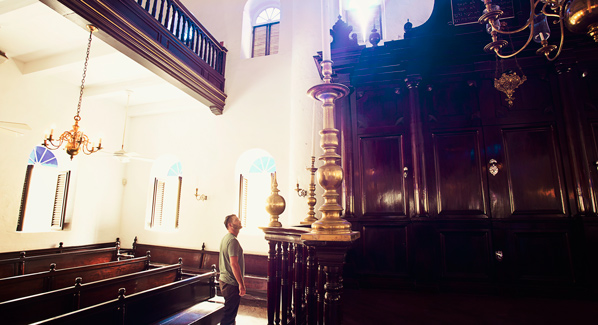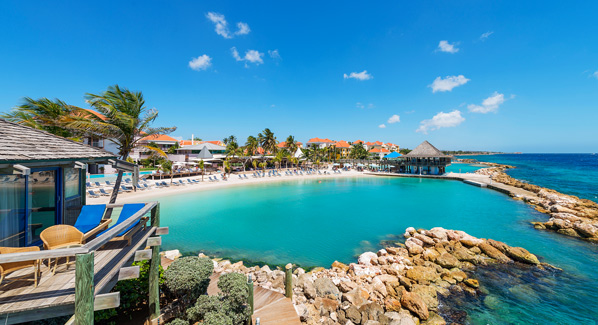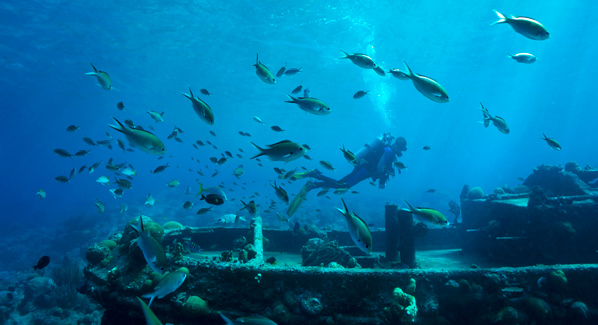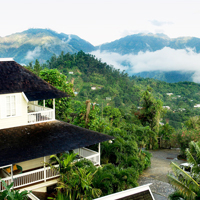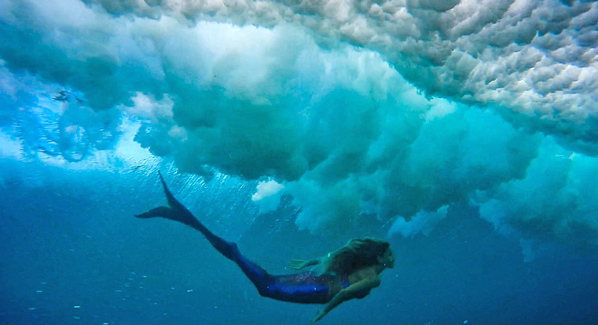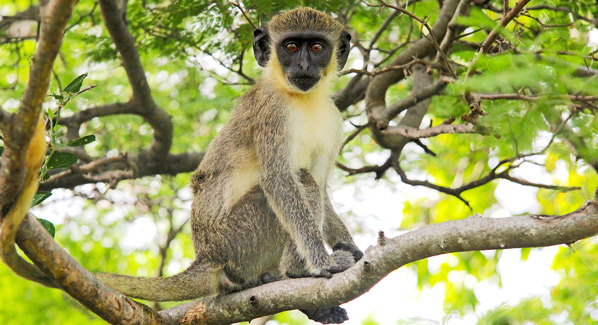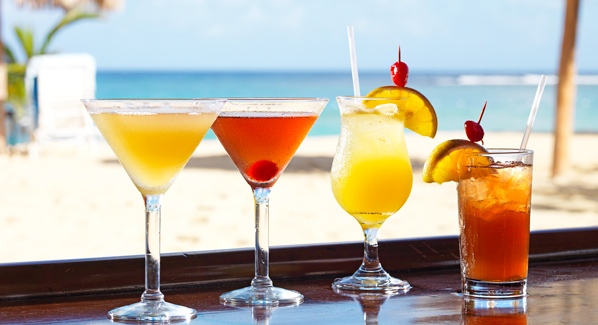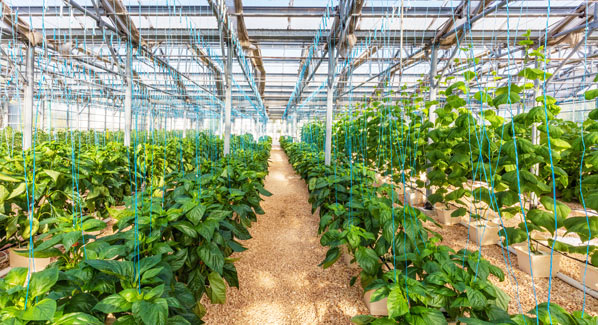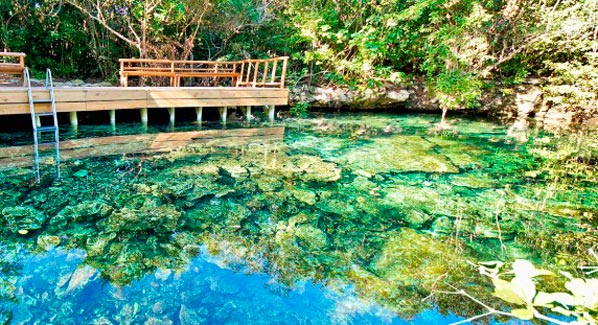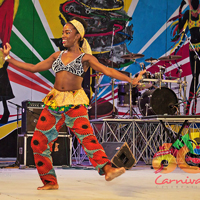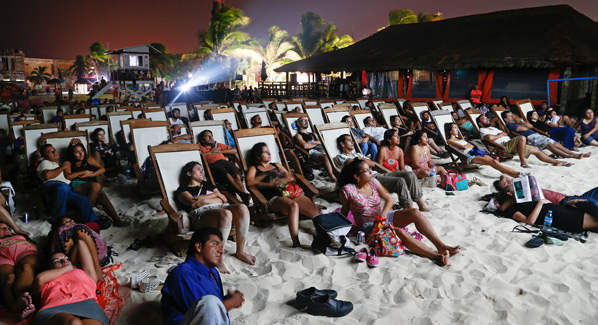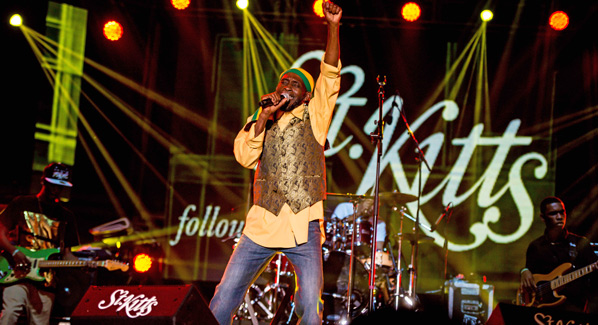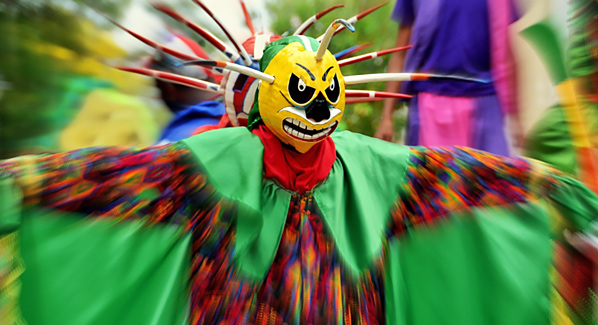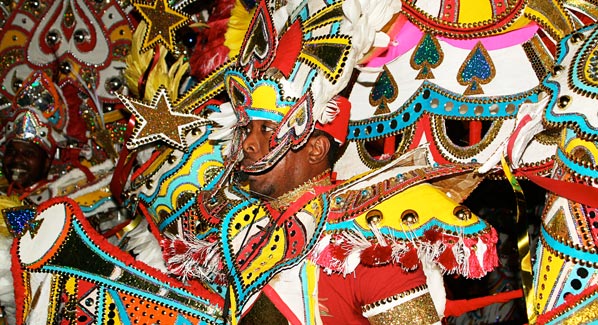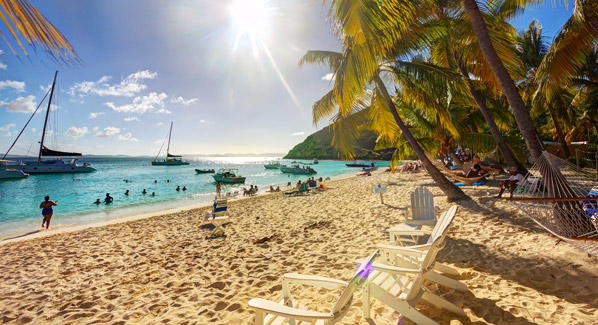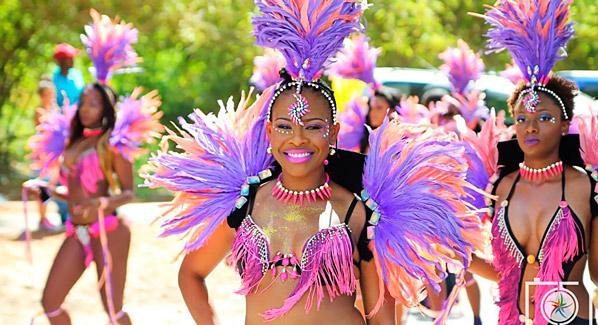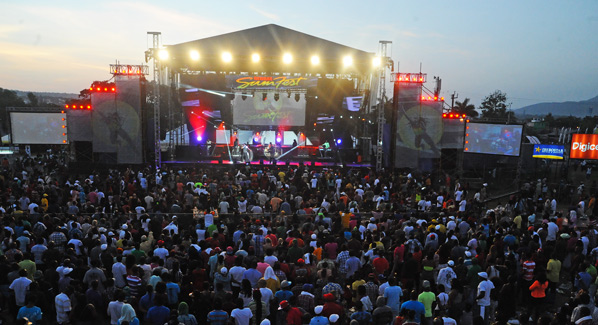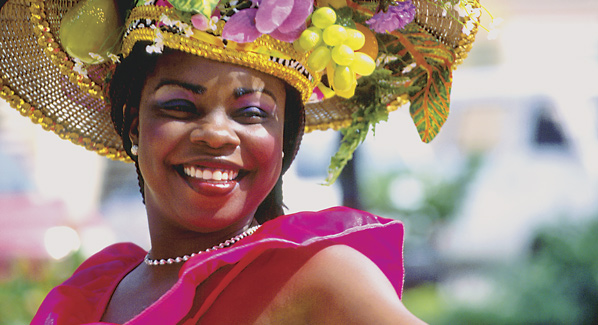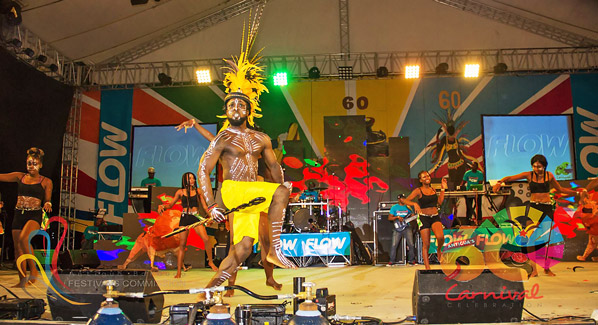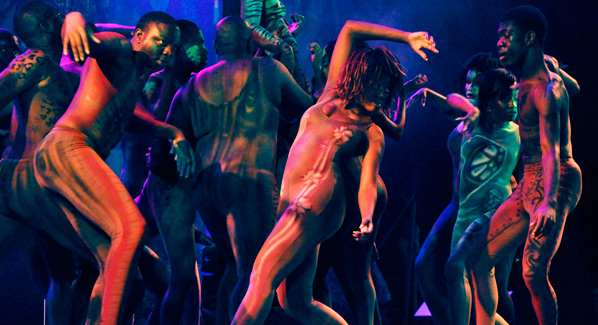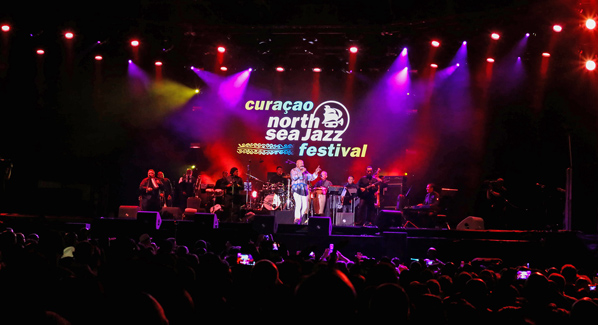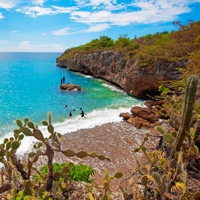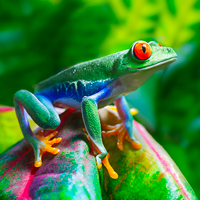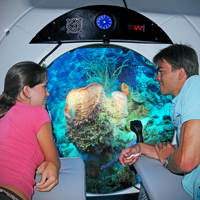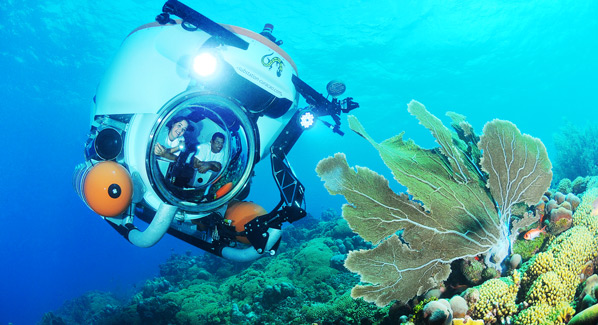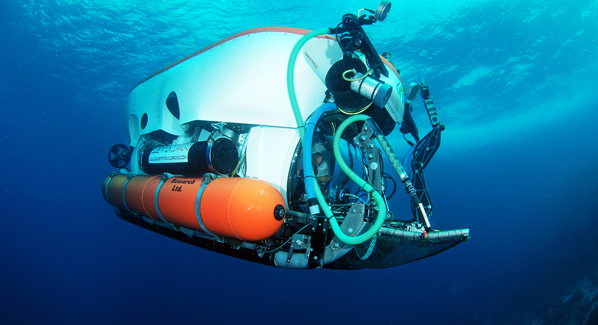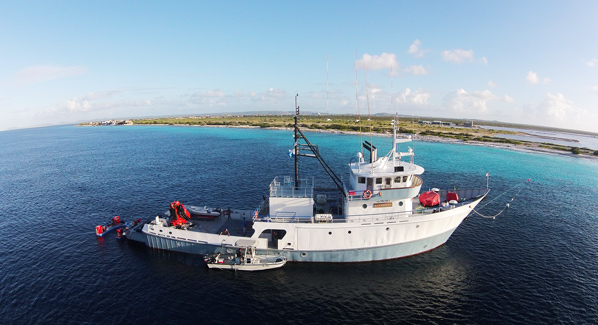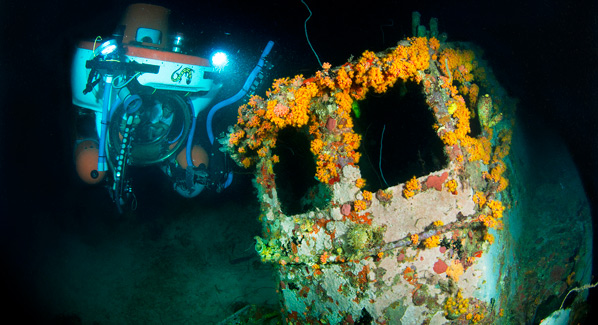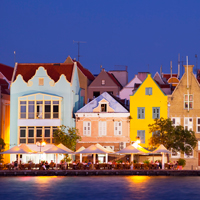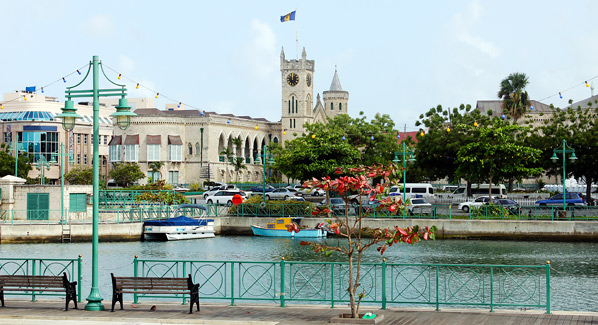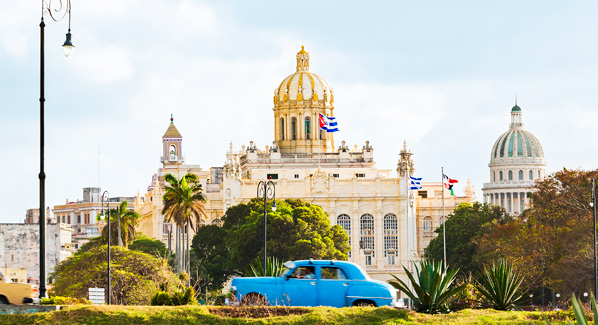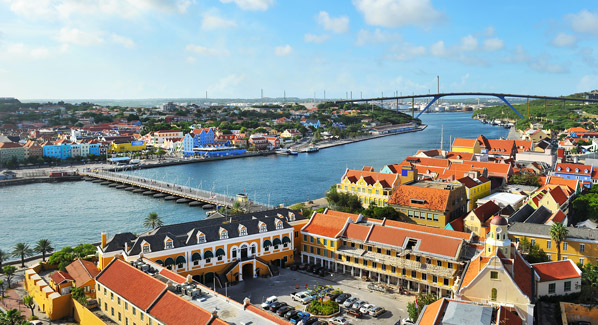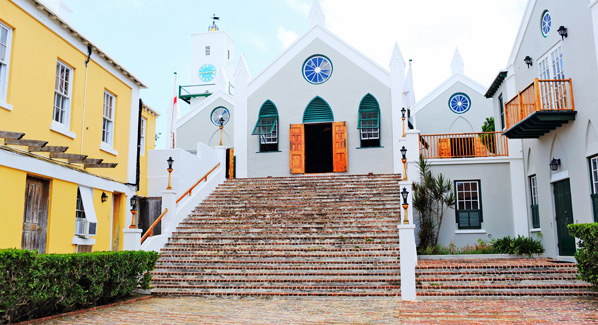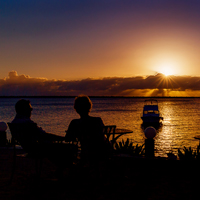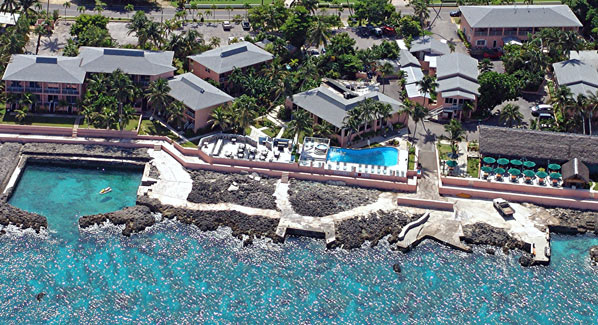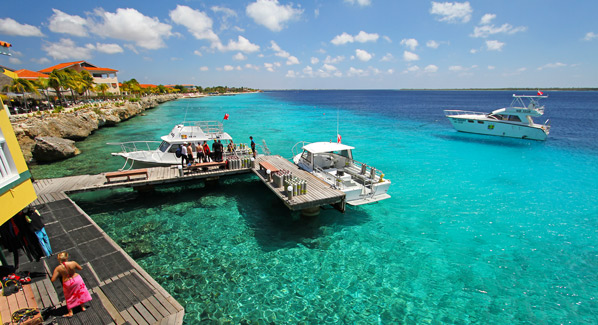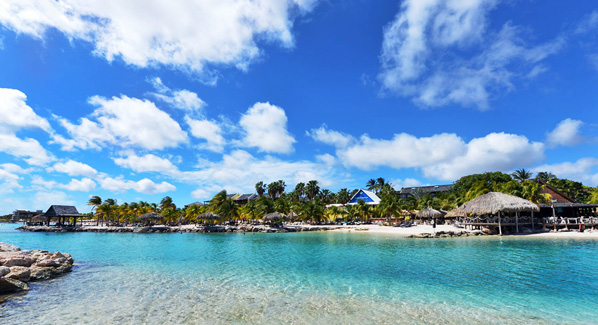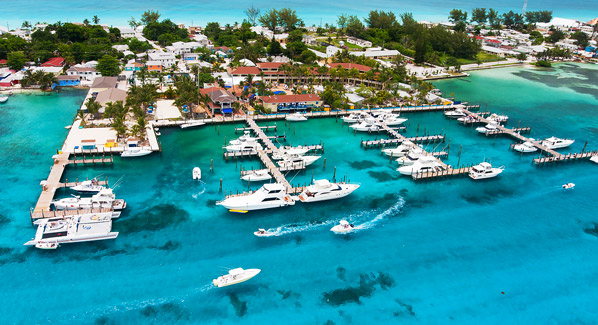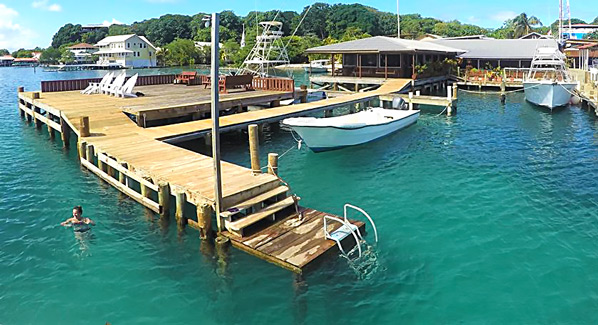The Dutch trio, Aruba, Bonaire and Curacao, lies below the hurricane belt where storms are few and far between. In October, the rates are low, the summer trippers have disappeared and the snowbirds haven’t yet arrived making the ABC islands a sure bet for savvy travelers. The threesome offers a multinational population with a colorful culture, a diverse culinary palate, loads of history and lore and as many sports as you can imagine.
Aruba
When it comes to the ultimate Caribbean vacation, Aruba, the smallest of the ABC islands, delivers something for every type of traveler from active pursuits to casinos and shopping. Beach lovers find the swaths of creamy white sand that cover the northwest shore irresistible. There’s a wild east side with the pristine 32-square-mile Arikok National Park where donkeys roam. And, research shows that Aruba’s population is right up there with Denmark when it comes to happiness. The brand “One Happy Island” continues to reign after 40 years.
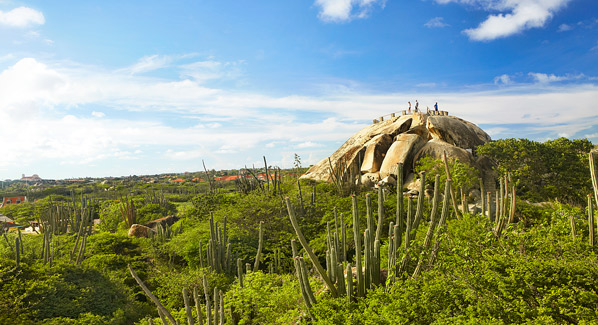
Casibari Rock is a cluster of monolithic boulders in the center of the island. Walkways and trails allow hikers to reach the top for panoramic views. Photo: Aruba Tourism Authority
October brings out the culinary heritage of the island with the annual event, Eat Local, where native foods and ingredients are showcased at participating restaurants. Food aficionados reap the benefits of a fixed price meal for lunch ($15) and dinner ($30 or $40) from October 1 to 14, 2019. If you haven’t tried keshi yena, now is the time to order this popular dish, which consists of seasoned shredded chicken, mixed with cashews and raisins smothered in Gouda cheese. Why not start with pumpkin soup, funchi or balchi pisca? You can feast on Criollo barbeque, kerkeri tacos or the catch of the day. On the island, fish and seafood dishes are staples and served at most locations. Aruba’s 90 nationalities contribute to the diverse culinary melting pot taking influences from Peru, Colombia and Venezuela.
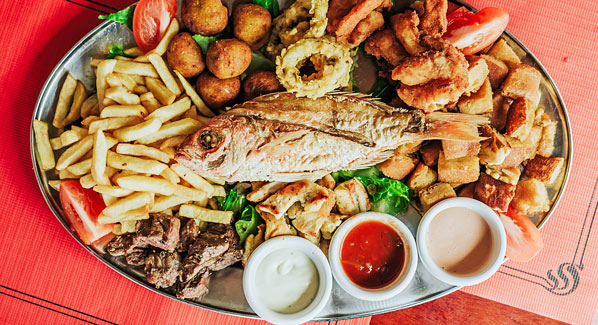
The Eat Local event showcases a variety of flavorful dishes created by Aruba’s top chefs available at participating restaurants on the island. Photo: Ayrton Tromp/Aruba Tourism Authority
One of the liveliest times of the year in the Caribbean is Carnival but there’s always room for more festivals and Island Take Over headed for its second year takes up residence from October 30 to November 3, 2019, as the island turns up the music and the party begins. There are nonstop beach parties, pool parties and concerts with international artists like English reggae and pop band, UB40, Puerto Rican singer, Luna and Colombian musical artist, Alex Sensation. Venues are downtown, seaside and along Palm Beach.
Bonaire
Every diver knows that some of the best of Bonaire lies below the sea’s surface. But Bonaire isn’t just for divers; the island is teeming with natural treasures above the water. Topside the coral covered island is a hiking and mountain biking wonderland. Most visitors are drawn to Washington Slagbaai National Park with rolling hills and vacant beaches. Nature lovers are thrilled to spot a green parrot and spend hours watching flamingoes on Goto Lake.
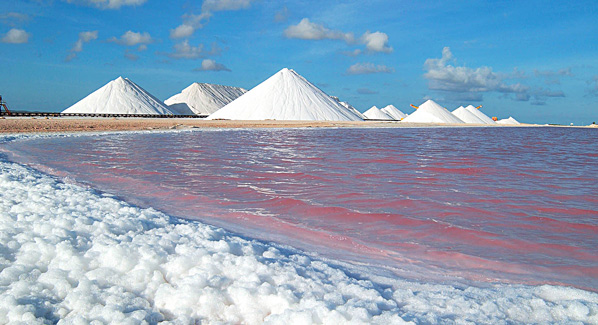
Flamingo sightings are common near the mounds of salt crystals at Cargill Corporation’s Solar Salt Works where seawater becomes salt. Photo: Tourism Corporation Bonaire
There’s an active sailing crowd on the island with an annual event, now in its 52nd year, attracting sailors from all over the Caribbean. This month from October 9 to 12, 2019, the Bonaire Regatta will stage a sailing competition during the day and a festival at night. Courses will be set between the main island and Klein Bonaire. Nightly activities take place in the streets of Kralendijk with live music and more than 25 food stands.
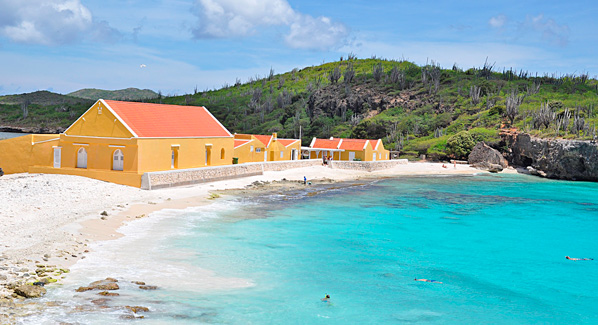
Boka Slagbaai is a welcome stop after a day of hiking in Washington Slagbaai National Park. The restaurant serves lunch and is open most days. Photo: Konstanze Staud/Pixabay
For a historical perspective and a look at traditional customs, Nos Zjilea cultural event showcases local arts and crafts, plants and vegetables along with educational presentations. Visitors sample local food while listening to some of the best musicians on the island. It’s a vibrant history presentation that takes place at Mangazine de Rei, a cultural park and learning center in Rincon. The next monthly cultural market takes place on October 26, 2019, from 8:00 am until 2:00 pm. If you miss this event, daily presentations are offered Monday to Friday.
Curacao
Once the center for trade in the West Indies, today’s Curacao remains the commercial heart for the Dutch West Indies but more importantly it’s a cultural epicenter for the non-Hispanic Caribbean. Over 500 years of flavors, customs, peoples and cultures have collided to make one of the most vibrant and interesting places in the world. While visitors will find beaches, diving and hiking, it’s the urban life that brings in textures and depth. Museums, galleries, walking city tours, heritage sites and elders that recall history all make Curacao a rich and memorable experience.
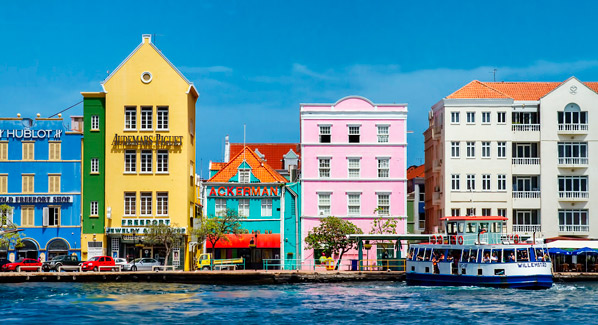
Willemstad’s colorful buildings date back to 1817 when the previous white buildings were prohibited and replaced with primary colors of red, yellow, blue and green. Photo: Patrice Audet/Pixabay
A big draw is the culinary diversity. The island has had influence from foreign lands for centuries so much so that Indonesian rifstaffel is a staple at many locales. Restaurant Week Curacao now in its tenth year is Curacao’s first and oldest food event. The concept is high-end dining for an affordable price allowing patrons to taste a variety of dishes from the island’s talented chefs. Menus include lionfish, Indonesian rice table and pumpkin cheesecake. The three-course dinner is priced at 55 guilders (around $30) and dates are October 11 to 18, 2019.
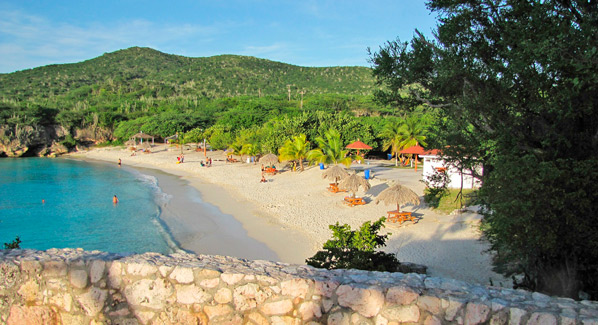
Curacao’s small and scenic Knip Bay Beach lies on the western side of the island. It’s located near the towns of Westpunt and Lagun. Photo: Hans Theunissen/Pixabay
Move over Jamaica and head further south at the end of October for Curacao’s biggest reggae festival with a lineup including Alpha Blondy, Rasta Farley, Semi Marten, Ky- Mani Marley, Kevin Isaacs and more. Curacao Reggae Fest 2019 is two full days of music, November 1 and 2, and is held in Willemstad at the Curacao Festival Center.

